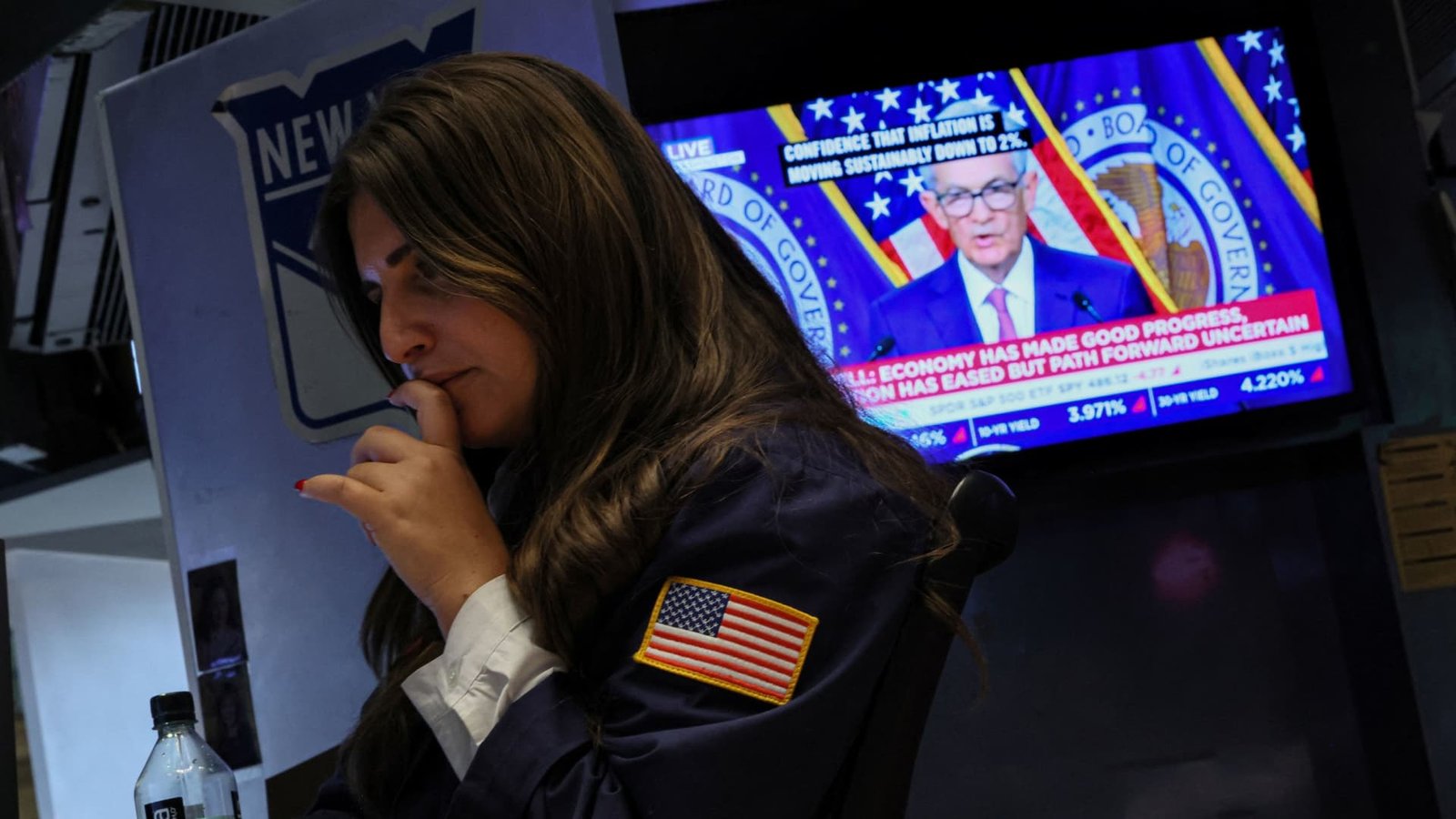Scientists observed a wild male orangutan repeatedly rubbing chewed-up leaves of a medicinal plant on a facial wound in a forest reserve in Indonesia.
It was the first known observation of a wild animal using a plant to treat a wound, and adds to evidence that humans are not alone in using plants for medicinal purposes.
The male orangutan, Rakus, lives in the Gunung Leuser National Park on the island of Sumatra and is thought to be around 35 years old. For years researchers have followed orangutans like him on his travels through the forest, threading his way through the canopy in search of fruits to eat.
Scientists within the Suaq Balimbing research area of the park first noticed a wound on his face on June 25, 2022, when they saw his self-medication behavior begin.
“Once I heard about it, I got extremely excited,” said Isabelle Laumer, a primatologist with the Max Planck Institute of Animal Behavior in Germany, in part because records of animals medicating themselves are rare — even more so when it comes to treating injuries. She and colleagues detailed the discovery in a study published Thursday in the journal Scientific Reports.
The plant Rakus used, known as akar kuning or yellow root, is also used by people throughout Southeast Asia to treat malaria, diabetes and other conditions. Research shows it has anti-inflammatory and antibacterial properties.
Orangutans rarely eat the plant. But in this case, Rakus ingested a small amount and also coated the wound several times. Five days after the wound was noticed, it had closed, and less than a month later “healed without any signs of infection,” Dr. Laumer said.
Michael Huffman, a visiting professor at the Institute of Tropical Medicine at Nagasaki University in Japan, who wasn’t involved in the study, said, “This is to the best of my knowledge the first published study to demonstrate an animal using a plant with known biomedical properties for the treatment of a wound.”
Primates have been observed appearing to treat wounds in the past, but not with plants. A group of more than two dozen chimpanzees in Gabon in Central Africa have been seen chewing up and applying flying insects to their wounds, said Simone Pika, an expert on animal cognition at Osnabrück University in Germany who documented that observation.
Orangutans have been spotted using medicinal plants in a different way: In 2017 scientists reported that six orangutans in Borneo rubbed the chewed-up leaves of a shrub with anti-inflammatory and analgesic properties onto their legs and arms, probably to soothe sore muscles.
“The general patterns of application are similar, and that is good for our understanding of the species’ propensity for this type of medication behavior,” Dr. Huffman said.
Examples of self-medication in primates remain uncommon and the behavior is incompletely understood. Chimpanzees, bonobos, gorillas and white-handed gibbons are all known to occasionally eat rough, whole leaves, presumably to help them expel parasites. Dr. Huffman and others have also seen chimps chewing the bitter pith of a plant called Vernonia amygdalina to treat worm infections.
But that behavior is not unique to primates. Indian civets, a catlike mammal, also swallow whole leaves, most likely to be rid of worms. Various birds engage in a strange behavior, called anting, in which they rub themselves in ants, to help them treat feather mites or other parasites. Hundreds of species of bees also harvest flower extracts that prevent fungal and bacterial growth in their colonies, which could be considered a type of preventative self- or group-medication.
Dr. Laumer hopes the study of Rakus will help create more appreciation — and desire to protect — the Sumatran orangutan, a critically endangered species. Even after 30 years of study in the park, researchers are learning new things.
Just in the past few years, scientists have shown orangutans can solve complex puzzles, engage in planning for the future, playfully tease one another and laugh — like humans.
“There are so many things we still don’t know about these apes,” she said.





